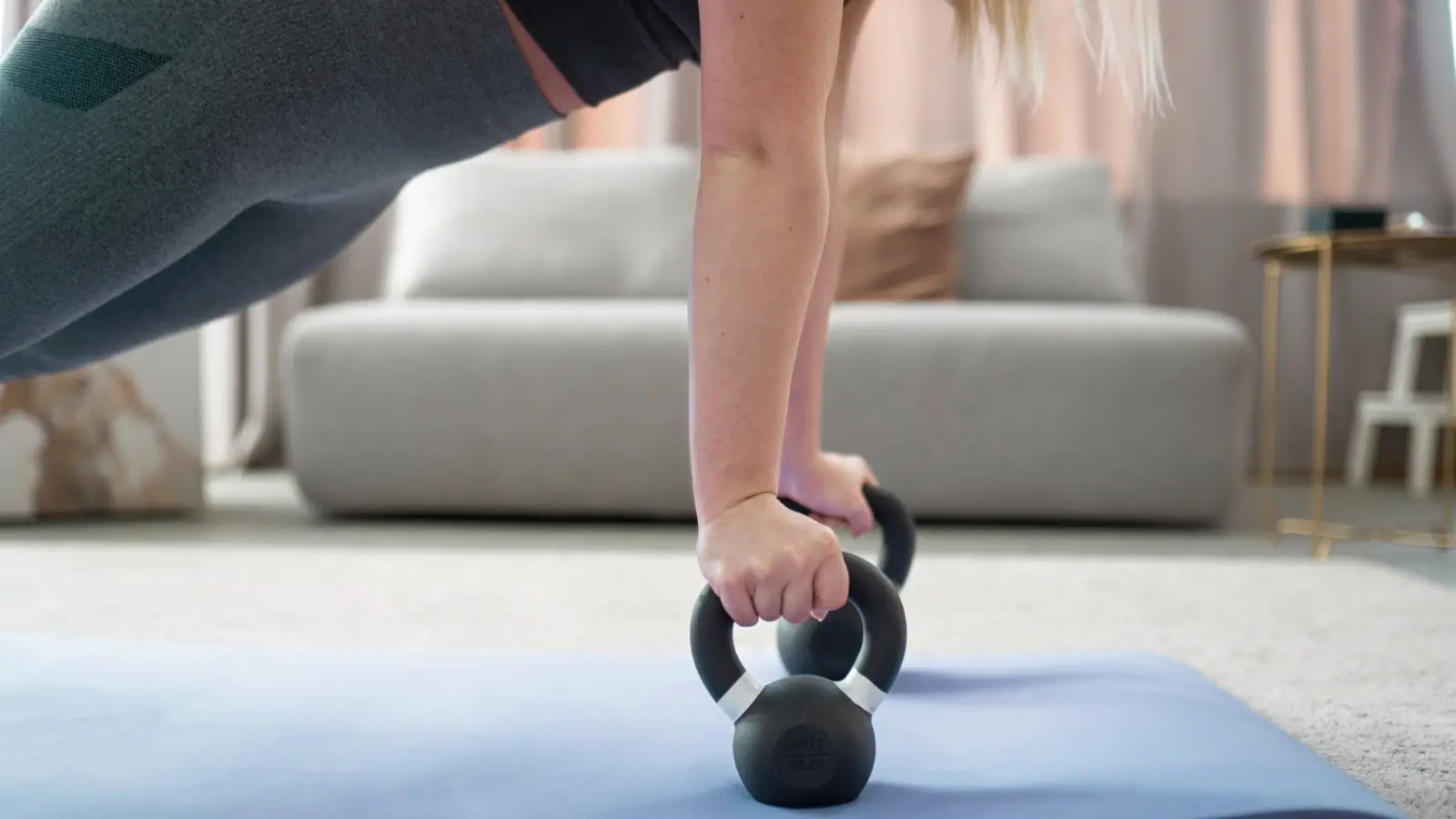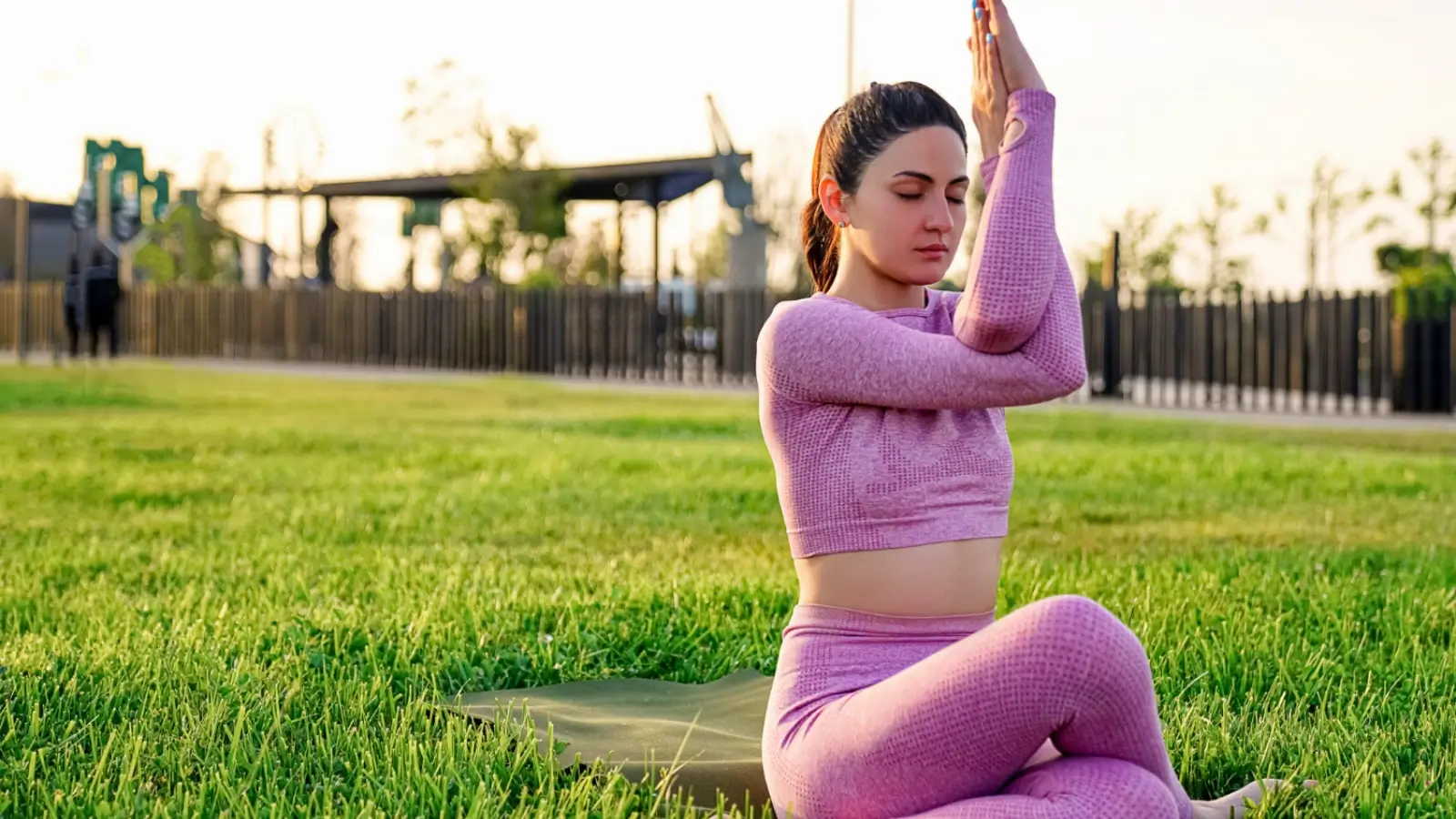Aging is inevitable, but how we age is something we can influence. Functional fitness is a holistic approach to movement that helps you stay strong, mobile, and independent throughout life. From classic strength training to innovative workouts like bungee fitness and aerial classes, functional fitness offers diverse, engaging ways to age-proof your body for the long term.
Whether you’re 25 or 65, adopting a functional training routine can support your joints, improve balance, enhance strength for daily activities, and even boost your mental health. In this beginner’s guide, we’ll explore what functional fitness means, why it’s essential for longevity, and how you can get started today, including exciting options like bungee fitness that make staying active fun and accessible.
What Is Functional Fitness?
Unlike traditional gym workouts that isolate one muscle at a time, functional fitness trains your body to move better in real-world ways. Exercises often combine multiple muscle groups to build strength, balance, mobility, and coordination.
Think of movements like squats (to get in and out of chairs), lunges (to pick something off the floor), or pushing and pulling (opening doors or carrying groceries). Innovative formats like bungee fitness add resistance and dynamic movement in three dimensions, delivering low-impact strength and balance training that's perfect for low-impact mobility and strengthening your joints as you age.
Learn more about Aerial Fitness classes in Houston.
Benefits of functional fitness include:
-
Improved balance and stability
-
Reduced risk of falls or injuries
-
Better posture
-
Increased mobility and flexibility
-
Enhanced strength for daily tasks
Ultimately, functional training supports longevity, letting you stay active and independent as you age.
Why Functional Fitness Matters for Longevity
Modern lifestyles often lead to sedentary habits, muscle loss, and poor mobility with age. Functional fitness combats these trends by keeping your body moving in natural, meaningful ways.
Research shows that strength training (a key component of functional fitness) helps preserve muscle mass, boost metabolism, and strengthen bones, which are vital for preventing age-related decline.
Additionally, many functional workouts promote Exercise for Mental Health, reducing stress, anxiety, and even symptoms of depression. Moving your body isn’t just good for your joints, it’s excellent for your brain.
The Core Elements of Functional Fitness
A good functional fitness routine typically includes:
1. Strength Training
Focus on multi-joint, compound movements that build overall strength. Examples:
-
Squats
-
Deadlifts
-
Push-ups
-
Rows
These moves build muscle, support bone health, and make daily activities easier.
TIP: Start with bodyweight or light dumbbells if you’re a beginner.
2. Balance and Stability
Exercises that challenge your balance help prevent falls, a major concern as we age. Try:
-
Single-leg stands
-
Bosu ball squats
-
Stability ball work
3. Mobility and Flexibility
Maintain healthy joint range of motion with stretching, yoga, and mobility drills. This reduces stiffness and helps you move freely.
4. Mindful Recovery
Recovery is essential for longevity. Practices like:
-
Gentle stretching
-
Foam rolling
-
Breathwork
-
Rest days
These help reduce injury risk and support mental well-being.
Mindful Recovery isn’t just for pro athletes, it’s for everyone aiming to age gracefully.
Trending Approaches to Functional Fitness
Modern fitness trends are making functional training more accessible and engaging than ever. Here are a few innovative approaches to consider:
1. Hybrid Fitness
Hybrid fitness combines multiple training styles in one session—like strength, cardio, and mobility.
It’s perfect for busy people looking to maximize results in minimal time. Many gyms and online platforms now offer Hybrid Fitness classes designed to deliver comprehensive workouts.
2. Aerial Fitness and Bungee Fitness
Want a fun twist on functional training? Aerial fitness uses hammocks or bungee cords to train strength, stability, and flexibility in three dimensions.
Bungee workouts, in particular, are low-impact yet high-intensity, making them accessible even for those with joint concerns. They’re an innovative, playful way to build functional strength while protecting your body.
These classes often feel more like play than exercise while delivering serious functional training benefits.
3. AI Fitness and Health Coaching
Technology is transforming fitness. AI-powered coaching apps provide personalized workouts, track progress, and adapt plans to your needs.
These smart tools help you stay consistent and injury-free, key for longevity-focused fitness.
4. Home Gyms and Mobile Fitness Apps
You don’t need a big-box gym membership to age-proof your body.
-
Resistance bands, kettlebells, or a stability ball can transform a spare room into a functional training space.
-
Mobile fitness apps deliver guided workouts to your phone, making it easier than ever to stay active at home.
Home gyms and apps give you flexibility and consistency, crucial for building lifelong habits.
Sample Beginner Functional Fitness Workout
Here’s a simple, beginner-friendly routine you can try at home:
1. Warm-up (5–10 minutes):
-
Light cardio (marching in place, brisk walking)
-
Dynamic stretching (arm circles, hip rotations)
2. Strength & Balance (3 sets each):
-
Squats (10–15 reps)
-
Incline push-ups (8–12 reps)
-
Reverse lunges (8–10 reps per leg)
-
Bent-over dumbbell rows (10–12 reps)
-
Single-leg balance hold (20–30 seconds per side)
3. Mobility & Recovery (5–10 minutes):
-
Seated hamstring stretch
-
Chest opener stretch
-
Gentle spinal twist
-
Deep breathing
Adapt the intensity to your level and focus on good form.
Before wrapping up, let’s talk about some of the benefits that functional fitness offers:
Data-Backed Benefits of Functional Fitness
Still wondering if functional training really works? Here are some powerful research-backed reasons to get started:
1.Preserve Muscle Mass
Adults lose ~3–5% of muscle mass per decade after age 30 (CDC). Functional strength training helps counteract this loss, maintaining strength for daily life.
2. Reduce Risk of Early Death
A meta-analysis in the British Journal of Sports Medicine found that regular strength training is linked to a 10–17% lower risk of all-cause mortality.
3. Support Bone Health
The National Osteoporosis Foundation recommends strength and balance training to reduce the risk of falls and fractures, which increase with age.
4. Boost Mental Health
WHO estimates show regular exercise can reduce depression and anxiety symptoms by up to 30%, supporting both body and mind.
5. Promote Healthy Aging
A 2022 review in Frontiers in Physiology highlights that multi-component training (strength, balance, flexibility) improves physical function and reduces fall risk in older adults.
Final Thoughts
Functional fitness isn’t just a workout trend; it’s a blueprint for a healthier, more capable body at any age. By prioritizing strength, mobility, balance, and recovery, you can keep doing what you love for years to come.
Whether you choose strength training, hybrid fitness, aerial fitness, or the convenience of home gyms and mobile fitness apps, you have countless tools to support your journey toward healthy aging.
If you’re ready to add something truly unique (and fun!) to your fitness routine, don’t miss out on the growing world of bungee fitness. It’s an innovative way to build strength, balance, and joy in movement, all while protecting your joints and boosting longevity.
















